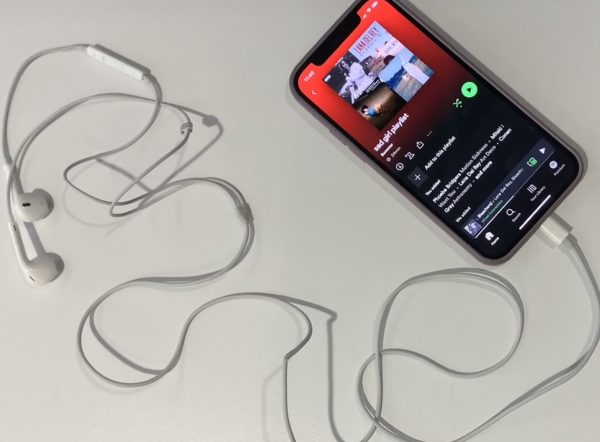Akash’s COVID Corner: How Should we be Testing for COVID-19?
Since the start of the COVID-19 pandemic at the start of 2020, countries worldwide have been trying to produce and distribute as many tests as possible. Most people accept that these tests are the best way to determine if you have COVID and don’t realize that you can have false positives and false negatives. This article covers the different kinds of tests for COVID-19 to show the strengths and weaknesses of each one, as well as the most effective ways to stay safe and figure out if you have COVID-19.
Most countries, including the US, mostly use a PCR testing method, which uses a molecular scan to locate the coronavirus’s genetic material. This type of test typically takes a few days to return results, which can be a problem for some people who need quick results to get back to work or school. These tests’ false-negative rate ranges from 2 to 37 percent, while the false positive rate is typically under 5 percent. Despite this being the most used method, many argue that there are better methods to use that may be more efficient overall.
Another type of test that is relatively new and gaining popularity is a rapid point of care testing. This method uses a mucus sample from the nose or throat and can return results in minutes. This is nice since you don’t have to quarantine for a few days while waiting for results. The major problem with this test is that it has a very high false-positive rate, meaning the result is positive despite not having the virus. The exact false positive rate has not been agreed upon since we don’t have as much data about these tests. We know that the exact false positive rate will vary significantly depending on what percent of the population has the virus. Some medical professionals will recommend that you get multiple of these tests, so you have a higher chance of getting an accurate result. Despite this, the high rate of false positives remains an issue, and other testing types are also being suggested.
Another common method is saliva testing. A person will send their saliva in to get tested and can get their results in about a day on average. This makes it faster than PCR testing, and it is easier because some people may not be comfortable with having a swab inserted through their nose. The only problem is that it is less accurate than PCR, and both have the downside of a temporary quarantine while waiting for results. For some people, this is a dealbreaker and many medical professionals question whether this test is a viable way to determine if a person is infected. The poor accuracy is mostly due to people having to self administer the test, leading to issues such as getting a poor sample or contamination of the sample. Others argue that performing the test remotely is more important, as it helps protect frontline workers. Since both tests have their strengths and weaknesses, it is up to the person to decide on a preferred method, and saliva tests are gaining popularity fast.
Overall, many different tests are effective and have their own strengths and weaknesses. While PCR remains the most common and accurate test, others are gaining popularity and may even become more widely used at some point. The type of test mostly depends on the person’s preferences and if they would be willing to sacrifice accuracy for speed. Remote tests such as saliva testing have a major advantage in places where frontline workers are infected and can’t contact their patients. Since we see that happening more and more in North Dakota places, there is a real chance; this type will soon become more used. The quickness of the rapid point of care testing lets people get back to their lives faster and more easily, but the accuracy of the PCR test is difficult to ignore, especially if a person is at risk or is in contact with people who are at risk. Overall, the most important thing is to get tested when showing symptoms and follow the rules and guidelines based on the test result.

Akash Woods decided to join the Owl to learn what it’s like to be a journalist. He wanted to learn how to write an engaging story with a headline that pulled people in. He also wanted to improve his research skills as well as his interview skills. Akash enjoys many sports, including basketball, tennis, and biking. You can often find him engaging in one of these activities, usually with friends. He is not a very big fan of winter sports, however, due to an unfortunate history with both skiing and sledding. This means during the winter you are more likely to find him inside, with a mug of hot chocolate and his favorite food: purple grapes.






T. Wagner • Dec 14, 2020 at 11:56 am
Very interesting article! It’s important to weigh the pros and cons of each method of testing, and I find it interesting to consider what people will prioritize and how they’ll balance the positive and negative traits of each method. Personally, I would use saliva testing because you can send it in remotely. What’s most important for me at this stage is keeping healthcare workers safe; if I actually DID have COVID, and I went in to get a test, I’d worry that I’d give it to them. Frontline workers are putting themselves at risk to ensure the health of others, so in my opinion, getting tested remotely is the least I can do. However, I also know that people in different situations than me would have to consider other factors: for examples, workers would have to deal with quarantine while they waited for their results. It’s good you laid out all the information here, because now it’s easier to make a well-informed choice.